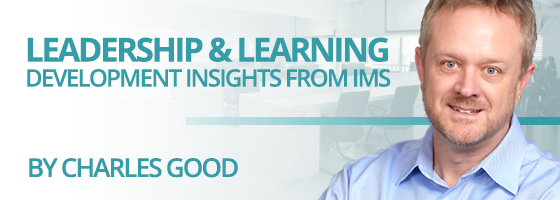There is an inherent bias to assume what worked in the past will work in the future, since many leaders are not good at understanding what they don’t know. This was the case for Thomas Edison, arguably considered America’s greatest inventor, during the 1880s when he was in a race with George Westinghouse over which electric power delivery system would be used in the United States.
Edison was convinced that direct current was the answer, despite that its limited range and large infrastructure costs. Edison’s overconfidence was based on his prior experience and what worked successfully in the past, which in the end, narrowed the range of alternatives he considered. This manifestation of the overconfidence bias that often limits the number of alternatives considered does not just pertain to Edison but to many leaders today.
In the book, Decisive: How to Make Better Choices in Life and Work, the authors examined 168 decisions made by senior executives in a diverse group of organizations and found that only 29% considered more than one alternative. This alarming statistic only further supports that what leaders need to get out of their limited experiential frames of thinking (i.e., what worked in the past will work future) and identify a larger set of workable alternatives.
In her book, The Perceptive Leader: A Handbook for Leading in an Environment of Uncertainty, IMS educator Dr. Kathy Pearson provides some expert advice on developing a wider range of alternatives when making critical decisions.
Try to reframe the problem from another perspective or angle
Perhaps you are unclear on the problem you are solving for. For example, your company may solve for the problem of needing more customers when in fact you need to focus on how to engage your current customers to a greater degree.
Use the multi-tracking technique, where each team focuses on a specific experiential frame
This may include teams being organized to focus on a specific functional area (finance, sales, operations) or a particular root cause (people, process, culture) or a particular scope (broad, strategic, detailed, tactical).
Seek diversity of thought in your teams
I discussed some tools in achieving this diversity of thought in the IMS blog post dated 11/22/2021.
However, how to you know when you have enough options or alternatives? Remember, you want a wide range of alternatives, but you don’t want to experience ‘Paralysis by analysis’. This is where the decision gets continually delayed as more information is gathered or you seek additional alternative actions. One solution is to assign decision rights, especially around who will make the final decision and when that decision will be made. The structure provides time to receive a variety of alternatives while also having the discipline to make the final decision in a timely manner.
Leaders need to be comfortable in dealing with uncertainty, since there will always be some level of uncertainty in their decision making. With that being said, leaders are not very good at understanding what they don’t know, so they need to seek a wide range of options. Those who are successful will explore a wide range of options, converting as many of the unknowns to knowns as possible, before deciding in a timely manner. Don’t forget that making good decisions is a critical skill at every level.
ABOUT CHARLES GOOD
Charles Good is the president of The Institute for Management Studies, which provides transformational learning experiences that drive behavioral change and develop exceptional leaders. Charles is an innovative and resourceful leader who specializes in bringing people together to develop creative organizational and talent strategies that enable business results. His areas of expertise include assessing organizational skill gaps and leading the design, creation and delivery of high impact, innovative learning solutions that achieve business goals.

2 Comments